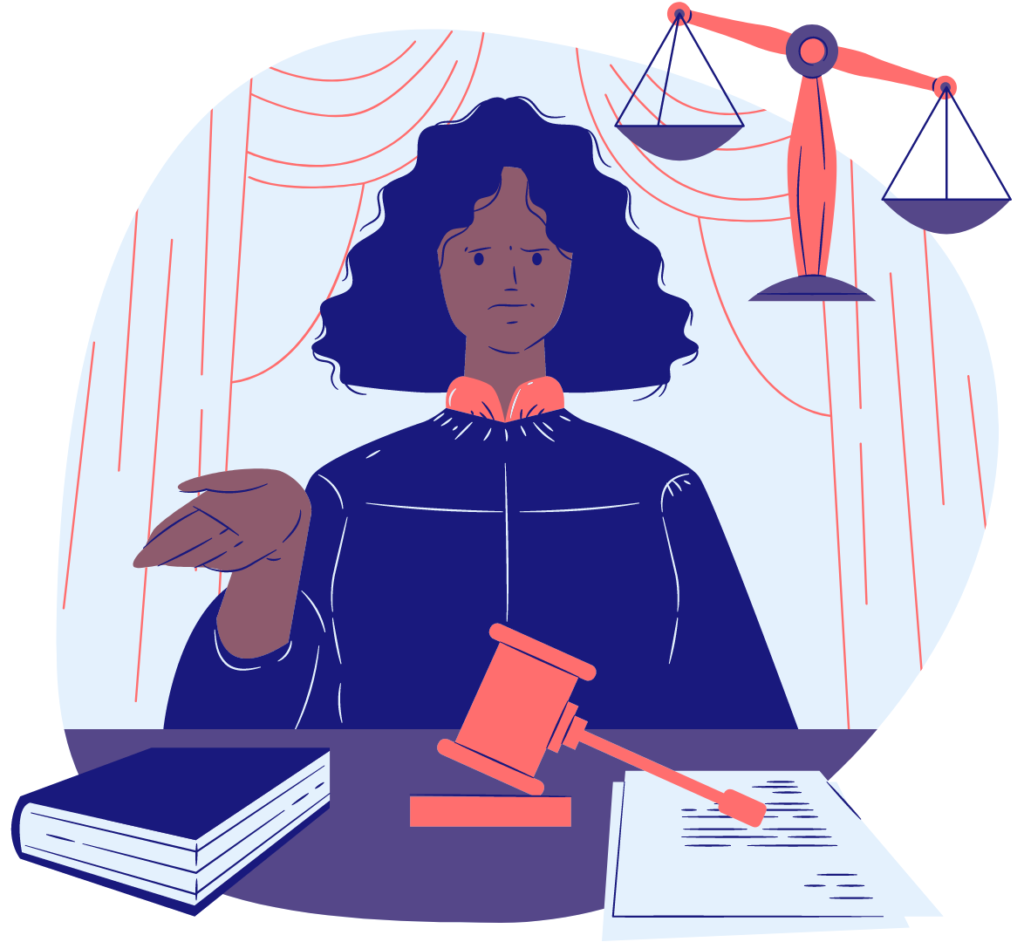Understanding the Media Landscape Copy Copy
What is a media landscape?
The media landscape is a connected representation of the most important things that make up an ecosystem of the media, digital, and social network industry. The media landscapes are rapidly evolving; in the era of digital transformation, media organizations are innovating new technologies, new formats, business models, and companies to fulfil the diversified needs of audiences to access information. It is important to remember that the media landscape of each country is unique. Of course, in practice, we can find that some neighbouring countries have a lot in common. However, we also see that even within one country, different local areas might have major differences regarding their media landscape. To conduct a successful media landscape analysis, a holistic approach from the perspective of media development is a must.
In 2008, UNESCO published the media development indicators: a framework for assessing media development, endorsed by the Intergovernmental Council of the International Program for the Development of Communication (IPDC). As the only multilateral forum in the UN system designed to mobilize the international community to discuss and promote media development in developing countries, IPDC identified the indicators of media development in five categories, including convivial legal environment, plural ownership, democratic performance, capacity issues (skill and supporting organizations) and public access to media. Other organizations developed similar instruments to assess the media landscape, such as the ‘media sustainability index’ by the International Research and Exchanges Board (IREX), ‘African media barometer’ by Friedrich Ebert Stiftung and the Media Institute of Southern Africa, ‘African media development initiative’ by BBC World Service Trust and two African universities and ‘strengthening African media’ by the UN Economic Commission for Africa.
Based on the toolkits mentioned, we understand the media landscape from 5 dimensions, including media policies and regulatory authorities, media supporting institutions, media actors, media discourse, and media education.
The Media Landscape Analysis will help you understand how media is organised and understood, from governmental policies to different sector practices like universities and private or independent media organizations. By identifying the media actors, you can have a more comprehensive overview of the different organizations with which to collaborate. A holistic approach to understanding media will help you create a clear path for collaborating with media organizations and help you fulfil your MEG!
Let’s see each section in more detail and extract from each category the most relevant sections for our Media Engagement Strategy!

Media Education
Refers to journalism and media skills professionalization, which normally includes organizations such as universities and schools and professional development organizations such as training institutions which provide long-term or short-term training courses. It might be important to consider these in our strategy because there might be more availability to collaborate on social change topics.
Pro tip!
Check the focus of university curriculums on the topics of media in your context, this is a good indicator of the trends and current discussions around the topic!

Media policies & regulatory authorities
A policy is a set of ideas or plans used as the basis for making decisions, especially in politics, economics, or business. In the case of media policies, these might include regulations on freedom of speech, data privacy, business development strategies, and laws to protect the rights of the people involved. The ‘media accountability system’ refers to laws and policies regulating media ethics or industry organization which is responsible for media ethics management (such as the press council and broadcasting council) or self-regulated internal organs and policies in media houses. This also includes taking into account the different organizations involved in this process of decision-making, such as accountability systems, trade unions and industry associations. In many countries, trade unions play an important role in society to guarantee the well-being of media professionals in the workplace. Industry associations normally include associations of journalists, editors or other media professionals, which plays an important role in media politics, capacity building and the safety and security and well-being of media professionals. An important document to consider when trying to understand the media policies for your own country is https://medialandscapes.org. Even when efforts like this are made, the information on policies and legislation is constantly evolving and changing so it’s good to try to get the most information from people working on the legislation and/or in the media field.
What do we need to consider?
Legislations, policies, and common practices about media and communication. This includes restrictions on freedom of speech, access to information, data privacy legislation, and cybercrime policies.
- Media legislation: refers to the laws and policies established in a context concerning media. It includes licensing, production, censorship, ownership, finances, data privacy, safety & security, harassment policies, etc.
- Accountability systems: non-governmental means of inducing media and journalists to respect the rules set by the profession. They represent the core of self-regulation activities by journalists. Their purpose is to help journalists serve the public better and to help them form a profession, feel solidarity among themselves and recover public trust and thus public support to resist political and economic pressure.
- Regulatory authorities: A regulatory body is an organisation appointed by the Government to establish national standards for qualifications and to ensure consistent compliance with them.
CASE STUDY – Online abuse against women journalists in Iran – ARTICLE 19’s briefing on Online harassment against women journalists in the Iranian diaspora, produced in collaboration with the Committee to Protect Journalists (CPJ), looks into the toxic and often violent space women journalists reporting on Iran inhabit. In March 2021, ARTICLE 19 interviewed women journalists from the Iranian diaspora who cover Iran for various media outlets and who face increased and concerning levels of online harassment and abuse as a result of their work. The testimonies indicate that the attacks faced online often include but are not limited to direct death threats against them and their families and the dissemination of their personal information, known as doxing. Many of these forms of online harassment and abuse have a clear sexualised and gender-based pattern. Women journalists based in Iran are also frequently subject to other severe forms of discrimination, harassment and — in the case of arrests — torture, sexual assault, and lack of due process. Governments, media organisations and social-media companies must support Iranian journalists in the diaspora. Although digital technologies have created new opportunities for women journalists and activists to communicate and organise, they have also reproduced patterns of harassment and abuse that women journalists face throughout their journalistic or public interest activities, in a wide range of digital forms. The growth of online abuse and harassment, which has become both more prevalent but also more coordinated, is intended to threaten, silence and stigmatise women, and journalists, with the potential to lock them out of public spaces. Tackling online abuse against women journalists is therefore essential to ensuring the full enjoyment of the right to free expression, and creating an environment where women can participate in online and offline spaces.
CASE STUDY – Taming big-tech: Protecting Expression for all – Governments around the world are seeking to regulate how social media companies address problematic content on their platforms, especially hate speech, harassment, and disinformation. But while well-intentioned, their proposals risk doing more harm than good, and they fail to tackle the real problem: the excessive power of a few huge companies whose business models are inherently exploitative. ARTICLE 19’s policies set out a solution that would not only protect freedom of expression and privacy online but also – finally – give us all a viable alternative to Big Tech.
Extra resources
Pilot course – safety for journalists
Conference: Beyond news: Palestine through documentary, data and design.
